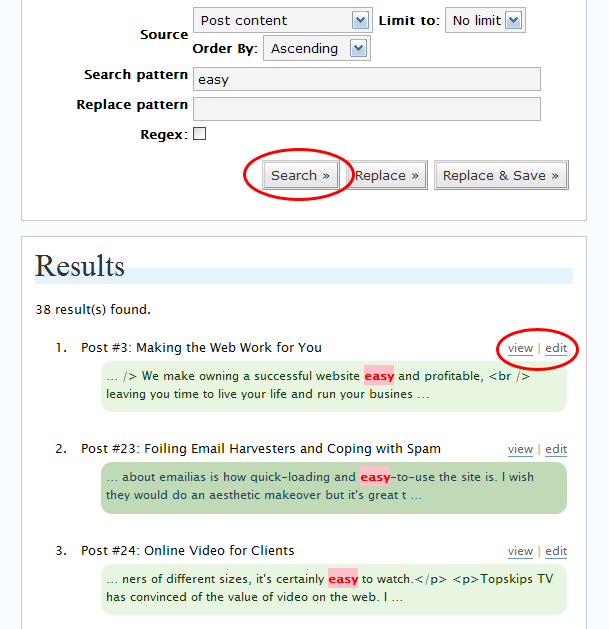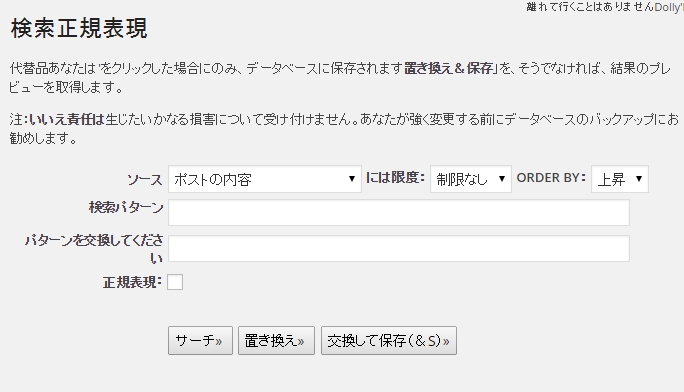

If the name matches the pattern in a module’s BBLMFileNamesToMatch list, that module claims the file.Įach stage is run against all modules before the next is attempted.If the name ends with a string in a module’s BBLMSuffixMap list, the module claims the file.If the file has a suffix that the user has assigned to a language with a Custom Extension Mapping in the Languages preference panel, that module is used.Both are optional, but if you don’t provide either, your user will have to choose your language from the language popup whenever she wants to use it.īBEdit assigns a language module to a file, based on the file’s name, in three steps: BBLMFileNamesToMatch lets you provide a set of whole-name patterns that will identify files as belonging to your language. BBLMSuffixMap lists filename suffixes that, if they match a file’s name, claim the file for that module.
#BBEDIT SEARCH REGEX PDF#
Note: By default, BBEdit's application support folder is located at: /Users/USERNAME/Library/Application Support/BBEdit/ though if you use Dropbox, you can optionally move this folder into your Dropbox data folder as detailed in Chapter 2 of the PDF manual.Ĭodeless language modules have two complementary ways of claiming files. Once you’ve completed your language module, place it in the Language Modules subfolder of BBEdit's application support folder, and then quit and relaunch BBEdit in order to load it.


The regular-expression-based strategy gives you finer control over how BBEdit colors and indexes your files, but it requires comfort with large regular expressions. The string-based strategy requires only that you provide literal string tokens for strings, comments, and keywords. plist extension.īBEdit gives you a choice of two strategies for constructing codeless language modules. BBEdit comes with a generic clipping set for property lists, which it selects automatically when you edit a file with the. Codeless language modules are dictionaries ( ) matching values to key strings that identify them.Īpple’s Xcode development environment provides a graphical editor for plists, and editor applications are available on the Internet, but this reference assumes you’ll write modules using BBEdit itself.
#BBEDIT SEARCH REGEX MAC#
Browsing to Apple’s Mac Dev Center, (free) and searching for “Property List Programming Guide” will give you the whole story. You can get an overview by typing man 5 plist in a Terminal window.
#BBEDIT SEARCH REGEX PLUS#
The format provides a set of primitive types, like strings and numbers, plus structural elements like dictionaries and arrays. Codeless language modules take the form of property list files (plists), a simple XML document type used throughout Mac OS X.


 0 kommentar(er)
0 kommentar(er)
